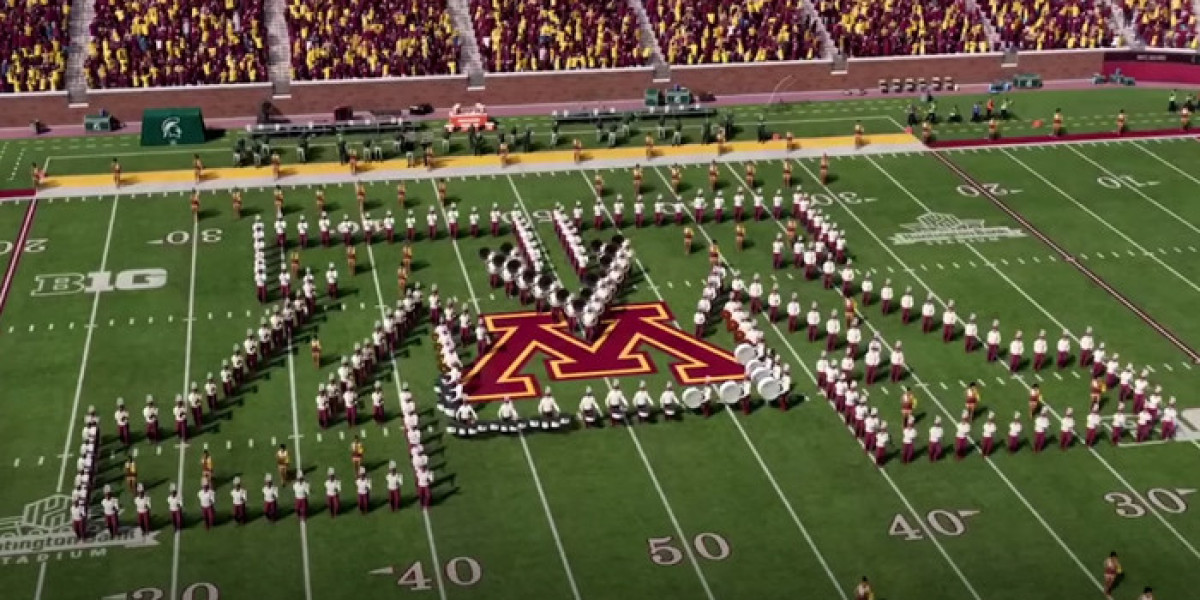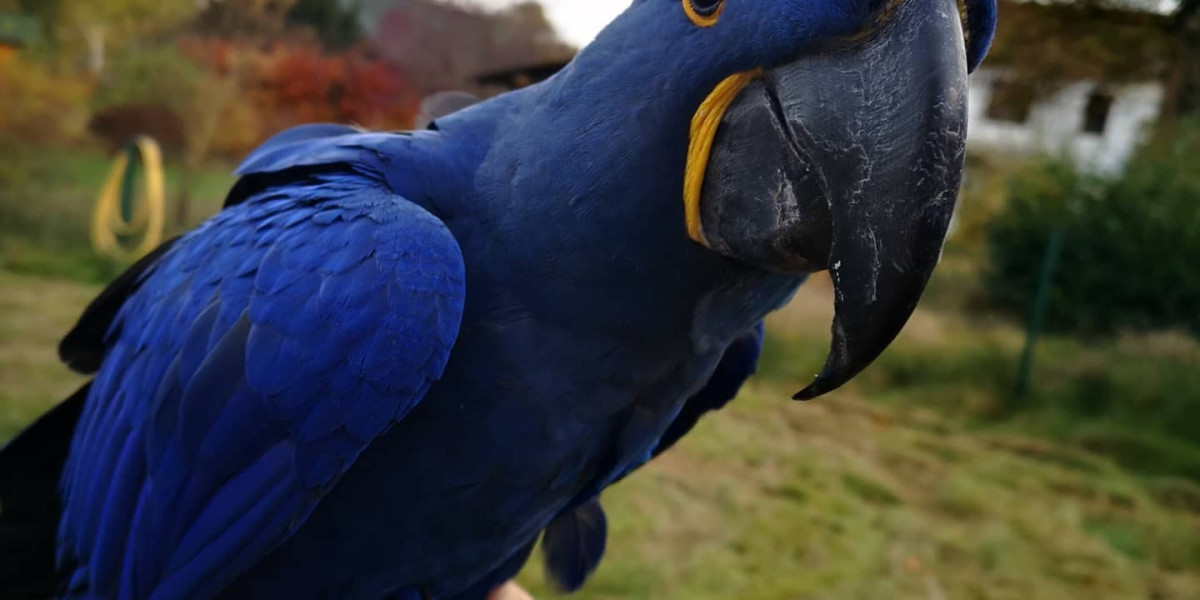If you’re looking to immerse yourself in the excitement of College Football 26, there’s no better way to enhance your experience than to buy CFB 26 coins and dive into a rebuild. The Colorado Buffaloes, a team with a storied past but recent struggles, present one of the most intriguing challenges for players seeking a blend of strategy, talent management, and on-field action.
Taking over as head coach for Colorado after the departures of stars like Shador Sanders and Travis Hunter to the NFL, the program starts with an 86 overall rating and three and a half stars. While that’s a solid foundation, the loss of top talent means the new regime must focus on both recruiting and player development to stay competitive. The offensive line, often criticized in real life, is surprisingly the team’s strength in-game, anchored by sophomore left tackle Jordan Seat, who boasts a 92 overall rating and the potential to reach 99 with the right upgrades.
The quarterback position is another focal point. Cadence Salter, a dual-threat redshirt senior, offers a dynamic playstyle with 88 overall, 90 speed, and 92 acceleration. However, his tenure is short-lived, requiring immediate attention to succession planning. The defense, led by freshman free safety Noah King, also shows promise but needs careful development, particularly in tackling and run support.
Recruiting is the heart of any rebuild in College Football 26. The Buffaloes’ first-year strategy centers on landing high-potential gems like Ralph Tanyion, a four-star dual-threat quarterback, and Nick Soraniano, a thumper linebacker. Success in recruiting is driven by leveraging the tactician skill tree, which boosts player stats and makes Colorado a more attractive destination for blue-chip prospects.
On the field, the season kicks off with a dominant win over Georgia Tech, showcasing the immediate impact of strategic player development and in-game adjustments. Freshman wide receiver Cam McKel, a speedster with 96 speed, quickly becomes a breakout star, setting school records and earning all-American honors by season’s end.
Despite a strong 9-4 finish and a bowl appearance, the offseason brings challenges. Key players transfer or graduate, forcing the coaching staff to rely on incoming transfers like quarterback Connor Weidman and to accelerate the development of young recruits. The cycle of rebuilding continues, with each season offering new obstacles and opportunities.
Ultimately, rebuilding Colorado in College Football 26 is a testament to the depth and realism of the game. Strategic use of resources—especially if you buy CFB 26 coins—can make the difference between mediocrity and championship contention. The journey is about more than just winning games; it’s about building a legacy, developing talent, and overcoming adversity, both on and off the field.
If you’re looking to immerse yourself in the excitement of College Football 26, there’s no better way to enhance your experience than to buy CFB 26 coins and dive into a rebuild. The Colorado Buffaloes, a team with a storied past but recent struggles, present one of the most intriguing challenges for players seeking a blend of strategy, talent management, and on-field action.
Taking over as head coach for Colorado after the departures of stars like Shador Sanders and Travis Hunter to the NFL, the program starts with an 86 overall rating and three and a half stars. While that’s a solid foundation, the loss of top talent means the new regime must focus on both recruiting and player development to stay competitive. The offensive line, often criticized in real life, is surprisingly the team’s strength in-game, anchored by sophomore left tackle Jordan Seat, who boasts a 92 overall rating and the potential to reach 99 with the right upgrades.
The quarterback position is another focal point. Cadence Salter, a dual-threat redshirt senior, offers a dynamic playstyle with 88 overall, 90 speed, and 92 acceleration. However, his tenure is short-lived, requiring immediate attention to succession planning. The defense, led by freshman free safety Noah King, also shows promise but needs careful development, particularly in tackling and run support.
Recruiting is the heart of any rebuild in College Football 26. The Buffaloes’ first-year strategy centers on landing high-potential gems like Ralph Tanyion, a four-star dual-threat quarterback, and Nick Soraniano, a thumper linebacker. Success in recruiting is driven by leveraging the tactician skill tree, which boosts player stats and makes Colorado a more attractive destination for blue-chip prospects.
On the field, the season kicks off with a dominant win over Georgia Tech, showcasing the immediate impact of strategic player development and in-game adjustments. Freshman wide receiver Cam McKel, a speedster with 96 speed, quickly becomes a breakout star, setting school records and earning all-American honors by season’s end.
Despite a strong 9-4 finish and a bowl appearance, the offseason brings challenges. Key players transfer or graduate, forcing the coaching staff to rely on incoming transfers like quarterback Connor Weidman and to accelerate the development of young recruits. The cycle of rebuilding continues, with each season offering new obstacles and opportunities.
Ultimately, rebuilding Colorado in College Football 26 is a testament to the depth and realism of the game. Strategic use of resources—especially if you buy CFB 26 coins—can make the difference between mediocrity and championship contention. The journey is about more than just winning games; it’s about building a legacy, developing talent, and overcoming adversity, both on and off the field.
Read more: How to Make Coins in CFB 26 Ultimate Team (Season 1)






